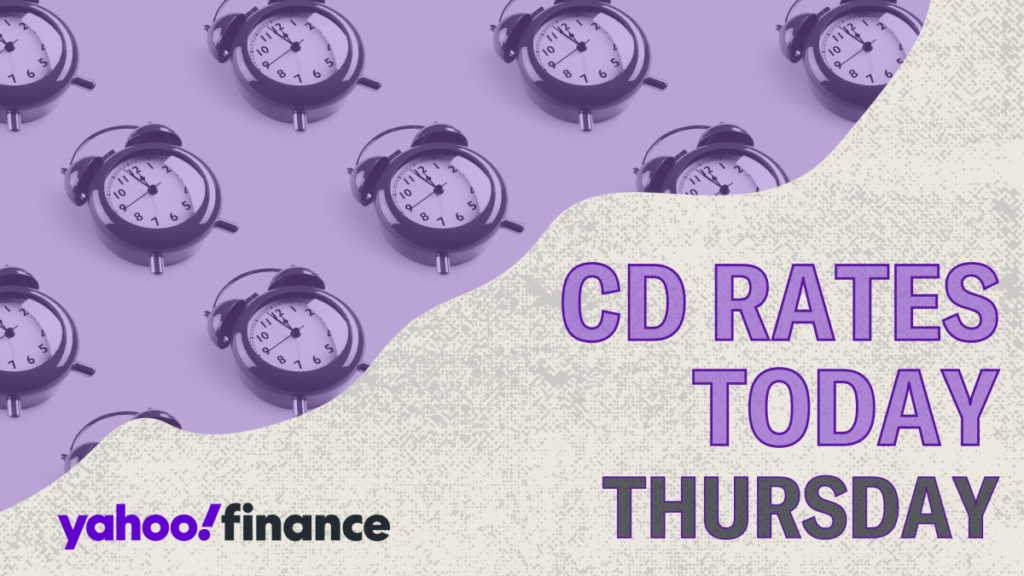If you are considering a secure way to save your money, a certificate of deposit (CD) may be an excellent option. CDs typically offer higher interest rates than traditional savings and checking accounts, making them an attractive choice for savers. However, the rates on these accounts can differ significantly based on various factors, including the term of the deposit. Presently, the marketplace displays relatively high CD rates compared to historical averages, particularly for shorter-term CDs, which can yield around 4.50% Annual Percentage Yield (APY) for terms of one year or less. For longer-term options, such as two- or three-year CDs, the rates are somewhat lower, with current offers around 4% APY. Notably, Marcus by Goldman Sachs leads the pack with a 1-year CD offering 4.10% APY, available for a minimum deposit of $500.
The upward trend in CD rates can be traced back to the Federal Reserve’s actions, which began raising its target interest rates in March 2022 as a response to rising inflation. Since then, CD rates have climbed to levels not seen in almost 15 years. However, a shift occurred recently: with slowing inflation and an improving economic outlook, the Fed initiated rate cuts, reducing its target rate by 50 basis points in September and another 25 basis points in November. While changes in the federal funds rate do not directly dictate deposit interest rates, they are correlated; when the Fed reduces rates, financial institutions often adjust their rates accordingly. Consequently, with the Fed’s decision to lower rates, CD rates have begun to decline. It may be wise for potential investors to consider locking in current rates while they remain favorable.
Opening a CD account involves several steps that can vary among financial institutions. The first step is researching available CD rates to ensure you are getting a competitive offer. By comparing rates online, you can identify the best CDs available that fit your needs. Beyond just the interest rate, considering factors such as the term length, minimum deposit requirements, and any associated fees is crucial to selecting the right CD for your financial goals. It’s particularly important to choose a term that aligns with your liquidity needs, as withdrawing funds before the maturity of the CD could incur penalties.
After assessing your options and deciding on a suitable CD, it’s important to prepare the necessary documentation. Typically, financial institutions require basic personal information such as your Social Security number, address, and a form of identification like a driver’s license or passport. Having this information readily available can facilitate a smoother and quicker application process. Many banks now allow online applications, which can usually be completed in a short time frame.
Once you have submitted your application and received approval, it’s time to fund your new CD account. This process generally involves transferring funds from an existing bank account or by mailing a check. Many institutions have made this step straightforward, as they offer various methods for depositing funds. It’s vital to ensure that the deposit meets any minimum requirements set by the institution to activate the account properly.
Overall, the CD market is currently appealing, with rates higher than historical norms and the potential for favorable long-term savings. However, interested savers should act thoughtfully, evaluating their options carefully and considering the dynamics of interest rates set by the Federal Reserve. As the economic landscape changes, including fluctuations in inflation and the Fed’s adjustments to interest rates, wise savers can secure beneficial rates by engaging promptly in the CD market. Taking the time to research, understand, and complete the application process can lead to a fruitful investment, providing security for your savings in the long run.

